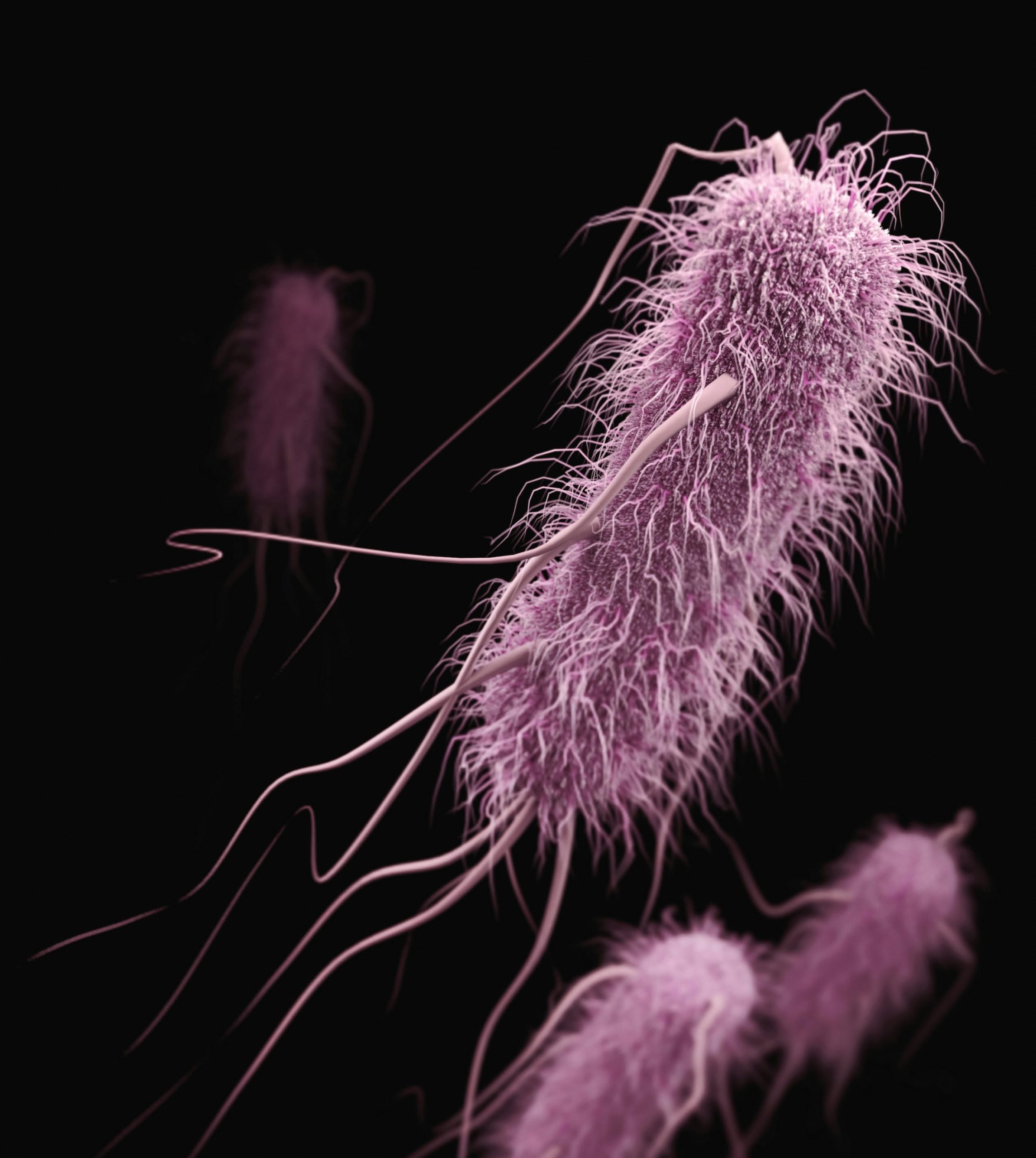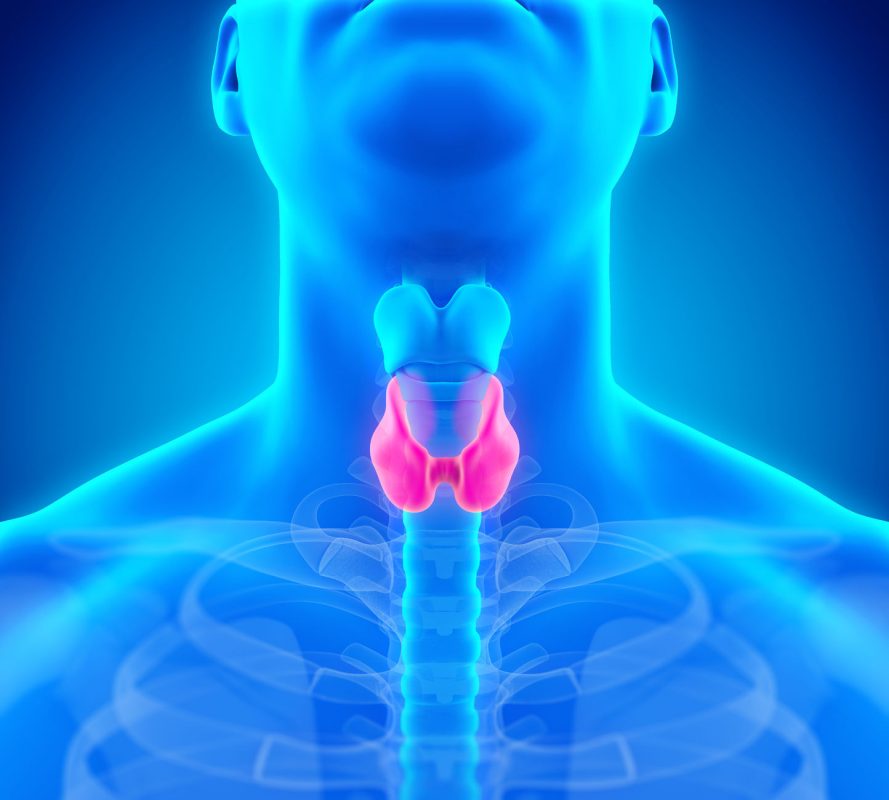Whipple’s & Creutzfeldt-Jakob Disease
Whipple’s Disease: Understanding the Condition and Treatment Approaches
Whipple’s disease, named after Dr. George Hoyt Whipple who first described it in 1907, is a rare and systemic infectious disorder caused by the bacterium Tropheryma whipplei. This bacterium primarily affects the small intestine but can involve various organs throughout the body. The disease is characterized by malabsorption, joint pain, weight loss, and other systemic symptoms. Here’s an in-depth exploration of Whipple’s disease, its causes, symptoms, diagnosis, and potential treatment approaches, including the role of vitamins, herbs, and supplements.
Causes and Transmission: Whipple’s disease is caused by infection with Tropheryma whipplei bacteria. The exact mode of transmission remains unclear, but it is not believed to be highly contagious. It is thought that the bacteria may be present in the environment, and the infection occurs through oral ingestion. However, only a small fraction of people exposed to the bacteria develop Whipple’s disease, suggesting that additional factors, possibly related to the immune system, play a role in disease development.
Symptoms and Clinical Presentation: Whipple’s disease can present with a wide range of symptoms, and its clinical manifestation can vary among individuals. Common symptoms include:
- Gastrointestinal Symptoms: Diarrhea, abdominal pain, malabsorption, and weight loss.
- Joint Pain: Arthritis and joint inflammation.
- Systemic Symptoms: Fever, fatigue, and swollen lymph nodes.
- Neurological Symptoms: Cognitive changes, seizures, and other neurological abnormalities.
Diagnosis: Diagnosing Whipple’s disease can be challenging due to its varied clinical presentation. A definitive diagnosis is often made through a combination of clinical, laboratory, and histopathological findings. Diagnostic methods include:
- Duodenal Biopsy: Examining a biopsy of the small intestine for characteristic periodic acid-Schiff (PAS)-positive macrophages containing bacteria.
- Polymerase Chain Reaction (PCR): Detecting Tropheryma whipplei DNA in tissues or body fluids.
- Serological Tests: Detecting antibodies against Tropheryma whipplei.
Treatment: Whipple’s disease is generally treated with a prolonged course of antibiotics to eliminate the bacterial infection. The primary antibiotic used is ceftriaxone or other agents such as meropenem and trimethoprim-sulfamethoxazole. Treatment duration may last for weeks to months and is often continued even after symptoms improve to prevent relapse.
Role of Vitamins, Herbs, and Supplements in Whipple’s Disease: While antibiotic therapy is the cornerstone of Whipple’s disease treatment, certain vitamins, herbs, and supplements may play supportive roles. It’s essential to note that these should not replace prescribed medical treatments, and their use should be discussed with healthcare professionals. Here are some considerations:
- Probiotics:
- Role: Probiotics may help restore the balance of gut bacteria disrupted by the infection and antibiotics.
- Caution: Consult with a healthcare provider, as the choice of probiotics should be tailored to the individual’s condition.
- Vitamin and Mineral Supplements:
- Role: Individuals with malabsorption may benefit from vitamin and mineral supplements to address deficiencies.
- Caution: Monitoring vitamin and mineral levels is crucial, and supplementation should be guided by healthcare professionals.
- Omega-3 Fatty Acids:
- Role: Omega-3 fatty acids may have anti-inflammatory effects and support overall health.
- Caution: Consult with healthcare providers to ensure compatibility with the treatment plan.
- Turmeric (Curcumin):
- Role: Known for its anti-inflammatory properties, curcumin may provide some additional support.
- Caution: Consider interactions with medications and consult with healthcare providers.
- Vitamin D:
- Role: Vitamin D is essential for bone health and immune function.
- Caution: Monitor vitamin D levels and discuss supplementation with healthcare providers.
It’s crucial for individuals with Whipple’s disease to follow their prescribed antibiotic regimen and maintain close communication with healthcare providers. The use of supportive supplements should be discussed and monitored by the healthcare team to ensure they do not interfere with the primary treatment or cause adverse effects.
Creutzfeldt-Jakob Disease (CJD): A Comprehensive Overview and Considerations for Supportive Measures
Creutzfeldt-Jakob Disease (CJD) is a rare and rapidly progressive neurodegenerative disorder that belongs to a group of diseases known as transmissible spongiform encephalopathies (TSEs). CJD is characterized by the accumulation of abnormal prion proteins in the brain, leading to severe neurological symptoms. Here, we delve into the various aspects of Creutzfeldt-Jakob Disease, including its causes, symptoms, diagnosis, and potential supportive measures, such as vitamins, herbs, and supplements.
Causes and Transmission: CJD is primarily caused by the misfolding of normal prion proteins into abnormal forms. This transformation leads to the accumulation of these abnormal proteins, causing damage to brain tissue. In most cases, CJD occurs sporadically without an identifiable cause. However, it can also be inherited (genetic) or acquired through exposure to contaminated tissues or medical procedures, although the latter is exceedingly rare.
Symptoms and Clinical Presentation: The clinical presentation of Creutzfeldt-Jakob Disease is characterized by rapidly progressing neurological symptoms. Common symptoms include:
- Cognitive Decline: Rapid and severe impairment of memory and thinking.
- Behavioral Changes: Personality changes, mood swings, and agitation.
- Muscle Stiffness and Twitching: Incoordination and muscle spasms.
- Difficulty Speaking and Swallowing: Impaired motor function affecting speech and swallowing.
Diagnosis: Diagnosing CJD involves clinical evaluation, neurological examinations, and diagnostic tests. Common diagnostic methods include:
- Electroencephalogram (EEG): Detecting characteristic brain wave patterns.
- Magnetic Resonance Imaging (MRI): Identifying specific brain changes.
- Cerebrospinal Fluid (CSF) Analysis: Detecting elevated levels of certain proteins.
- Brain Biopsy: In some cases, a biopsy may be performed for definitive diagnosis, but it is rarely done due to its invasive nature.
Treatment: There is currently no cure for Creutzfeldt-Jakob Disease, and treatment primarily focuses on alleviating symptoms and providing supportive care. Palliative measures aim to enhance the individual’s quality of life, manage symptoms, and support the patient and their caregivers emotionally and physically.
Role of Vitamins, Herbs, and Supplements in CJD: As Creutzfeldt-Jakob Disease is a rapidly progressive and fatal neurodegenerative disorder, there is no specific role for vitamins, herbs, or supplements in treating the disease. The focus is on supportive and palliative care to address symptoms and enhance comfort. However, certain measures may be considered:
- Nutritional Support:
- Providing adequate nutrition to maintain overall health and prevent complications related to malnutrition.
- Antioxidants:
- Antioxidants, such as vitamins C and E, may offer general support for overall health. However, their impact on the progression of CJD is limited.
- Omega-3 Fatty Acids:
- Omega-3 fatty acids, found in fish oil, may have anti-inflammatory effects and support overall well-being.
- Multivitamins and Minerals:
- Ensuring adequate intake of essential vitamins and minerals to support the body’s basic functions.
It’s crucial to note that any supportive measures should be discussed with healthcare providers, and there is no evidence to suggest that vitamins, herbs, or supplements can alter the course of Creutzfeldt-Jakob Disease.
Conclusion: Both Whipple’s disease and Creutzfeldt-Jakob Disease are complex medical conditions that require careful diagnosis and management by healthcare professionals. While supportive measures, including certain vitamins and supplements, may play a role in addressing symptoms and overall health, they should be viewed as complementary to the primary medical interventions. Individuals and their families should maintain open communication with healthcare providers, follow prescribed treatment plans, and seek guidance on any additional supportive measures that may enhance their well-being.
We hope you found the information provided by Thera-Mineral valuable and insightful. At Thera-Mineral, we are dedicated to offering high-quality supplements to support your health and well-being.
If you have any further questions, need additional information, or would like to explore our range of supplements, please don’t hesitate to reach out. You can contact us at our office located at 25216 Grogan’s Park Dr. Suite A, The Woodlands, TX 77380. Our friendly team is ready to assist you by phone at 855-472-2569 or via email at support@theramineral.com.
For your convenience, most supplements are available on our website, theramineral.com. However, if you don’t find a specific product on the site, our dedicated staff can help you place an order, and we’ll ensure it’s delivered to your place of choice.
We appreciate your trust in Thera-Mineral, and we look forward to being a reliable partner on your journey to optimal health. Thank you again for being part of our community!





















